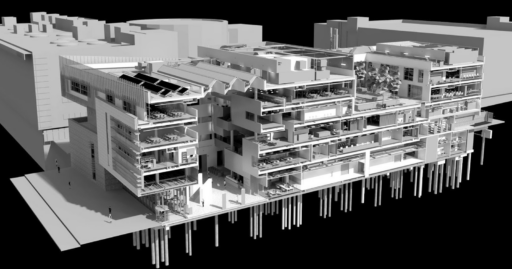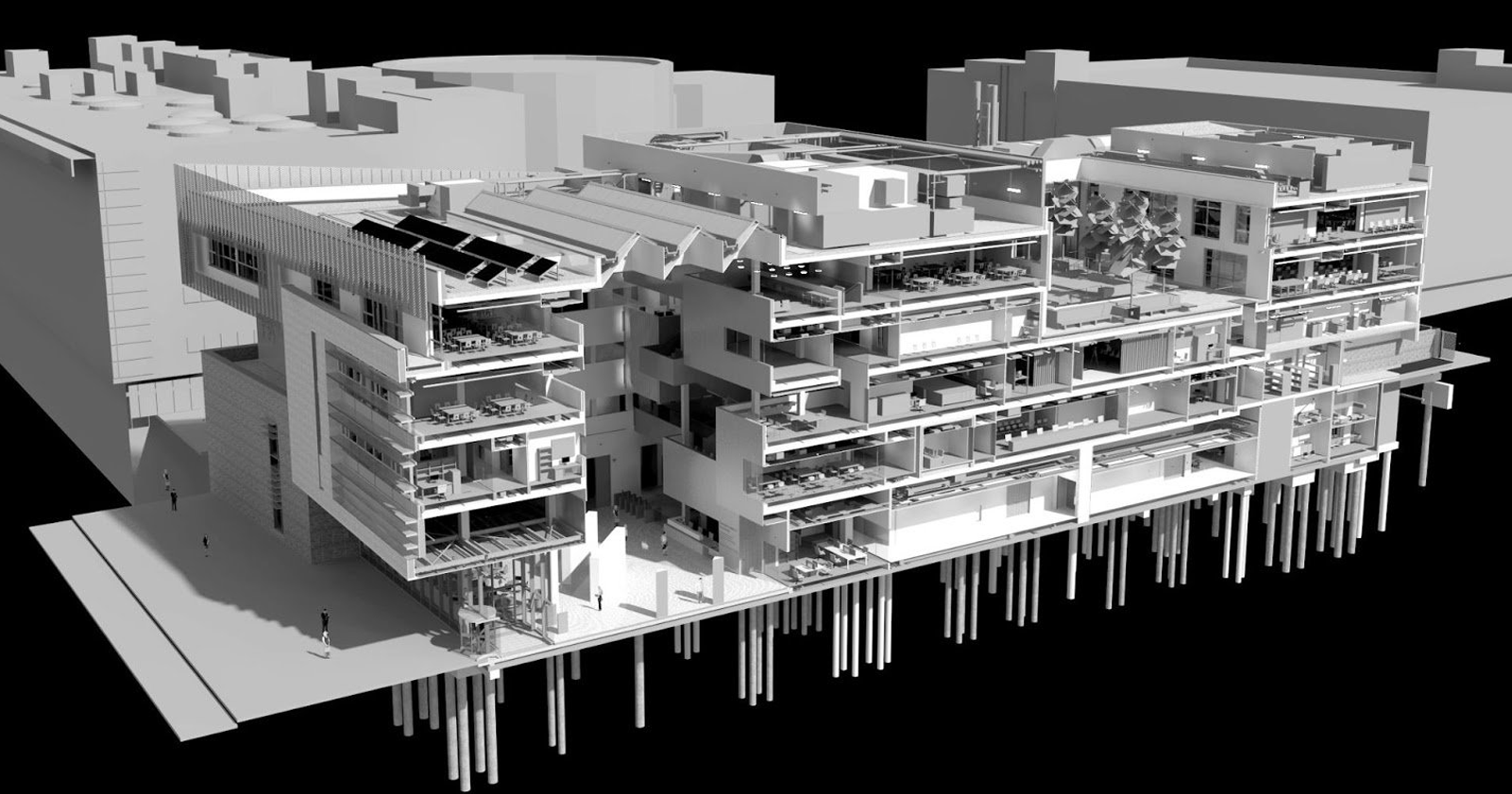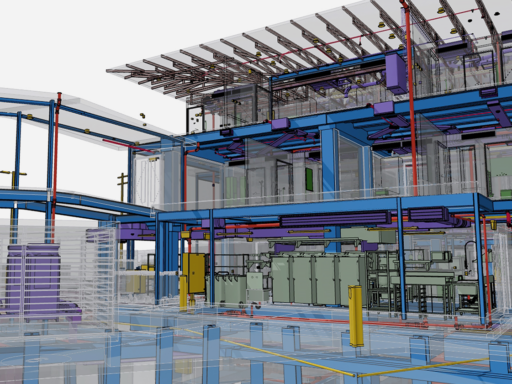Design Intent Model refers to a specific type of Building Information Modeling (BIM) model created during the design phase of a construction project. This model aims to represent the comprehensive design vision and intent for the final structure. Typically developed to a Level of Development (LoD) of 300 or 350, this model includes various BIM elements that provide a detailed representation of the intended design.
Key features of a Design Intent Model may include architectural elements, structural components, and building systems, all depicted with a level of detail that allows stakeholders to understand the planned design features. The choice of LoD 300 or 350 signifies a moderate to high level of detail, indicating that the model includes specific geometry, quantities, and properties relevant to the design, making it suitable for advanced coordination and visualization.
The Design Intent Model serves as a crucial reference for stakeholders involved in the construction process, helping to communicate and understand the design concepts, making informed decisions, and facilitating collaboration among the project team.






